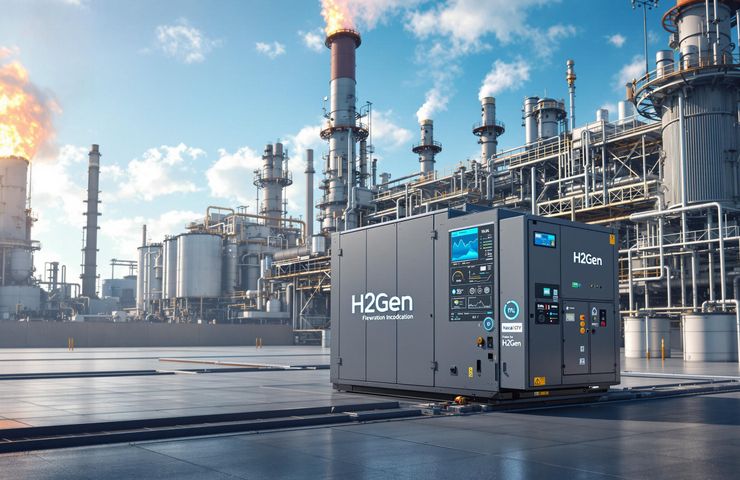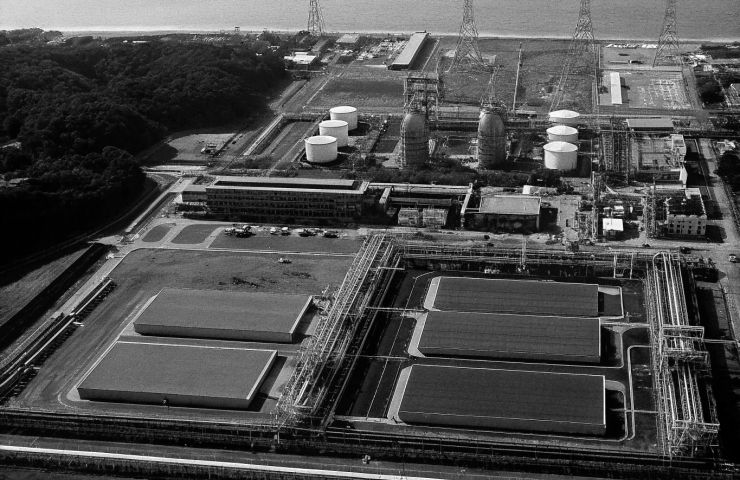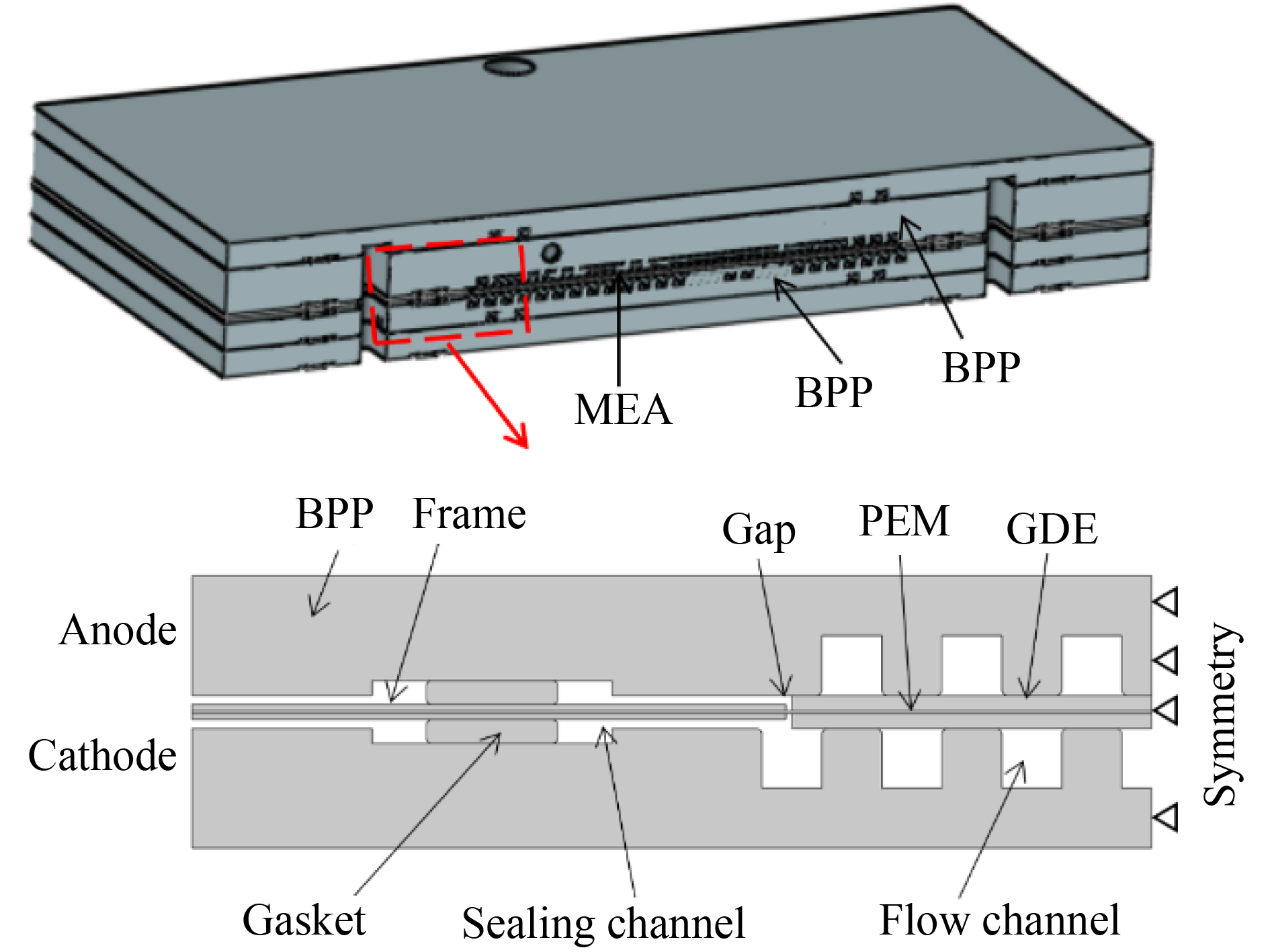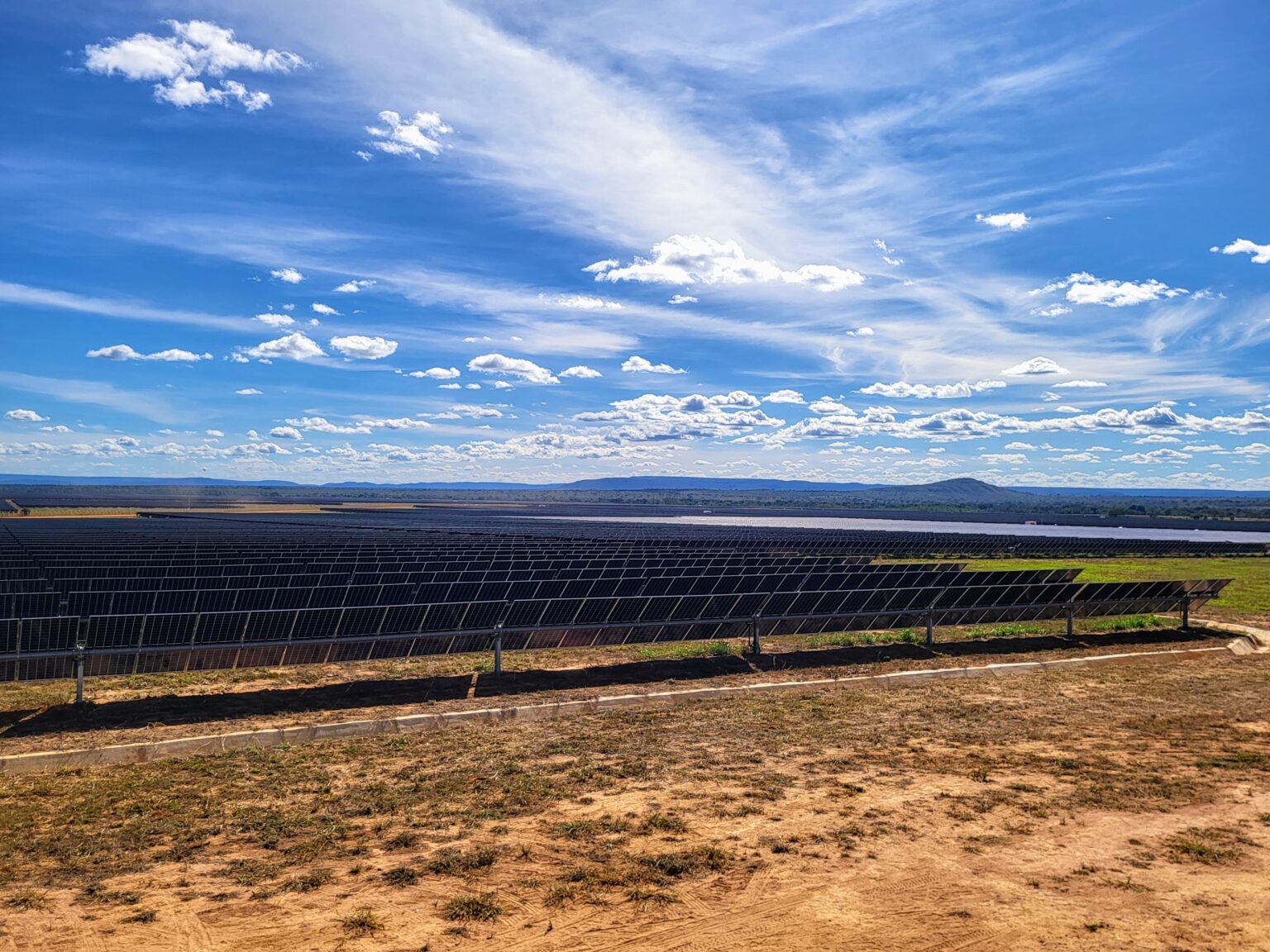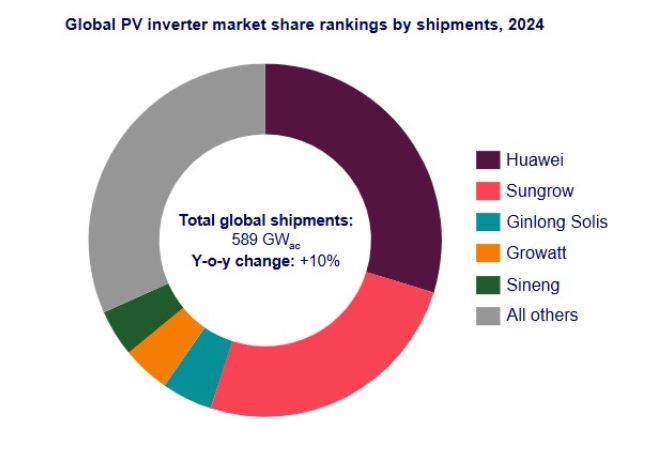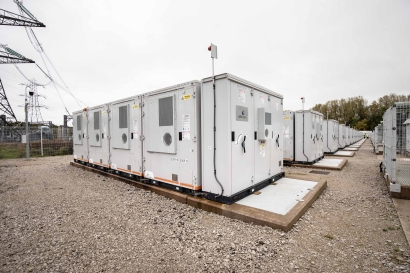JinkoSolar to focus on pure TOPCon for near-term
At the ASIA Sustainable Energy Week Expo, Dany Qian, Vice President of JinkoSolar, shared exclusive insights on the company’s technological roadmap, the transformative impact of Tiger Neo 3.0, and the future of TOPCon as a platform technology.
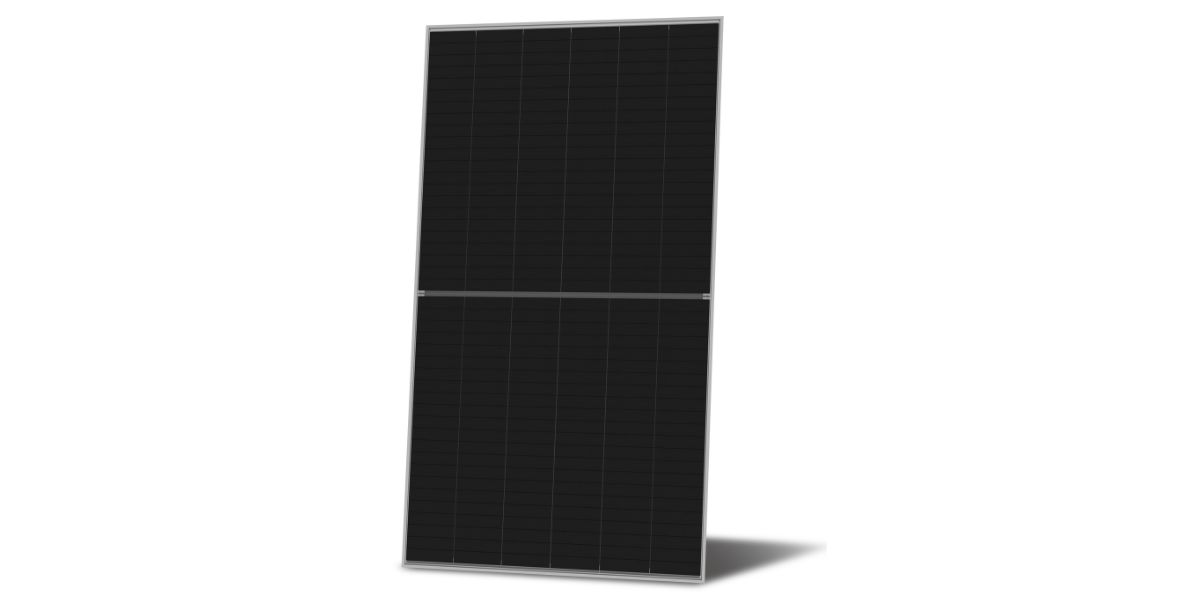
At the ASIA Sustainable Energy Week Expo, Dany Qian, Vice President of JinkoSolar, shared exclusive insights on the company’s technological roadmap, the transformative impact of Tiger Neo 3.0, and the future of TOPCon as a platform technology.
You have stated that TOPCon, as a platform technology, needs to continue its dominance in the high-performance market. Is getting Tiger Neo 3.0 into mass production sparking the rest of JinkoSolar’s roadmap?
Dany Qian: Tiger Neo 3.0 is about reintroducing TOPCon to the ecosystem and building credibility that it is the best-performing solar panel in each sector, with front-side module efficiency up to 24.8%, power class ranging from 650 Wp to 670 Wp, and rear-side bifaciality of 85%. Plus, it has better low-light performance, LID, LeTID, and UV-induced degradation. The relative competitiveness of Tiger Neo 3.0 is actually better than we had originally planned two years ago. Our roadmap for pure TOPCon is set out to 2027, but we know the major markets and we adjust timings a quarter here or there as necessary. Beyond that, TOPCon is a platform that can be integrated with other technologies, like low-temperature processes, to further enhance performance.
Tiger Neo’s competition has had success with utility and DG markets. Is the 3.0 version geared more for ground-mounted projects?
Dany Qian: It is a one-solution-fits-all model and will go head-to-head with other technologies for utility and rooftop projects, because of its top performance on the front and back sides.
At the high-end, Tiger Neo 3.0 is competing with XBC panels in terms of power range and efficiency, but Tiger Neo 3.0 has an average bifaciality of 85% compared with XBC’s 70%-75%. How does this affect cost-competitiveness?
Dany Qian: If you look at the rate and pace of TOPCon going into deployment, that’s where the volume is. The capacity of our previous version, Tiger Neo 2.0, has reached 640 Wp to 650 Wp ─ on par with today’s highest XBC counterparts, which have stalled out around 620 Wp to 640 Wp by comparison. TOPCon’s 5%-10% higher bifaciality increases cost competitiveness, so customers save every last dollar.
Image: JinkoSolar
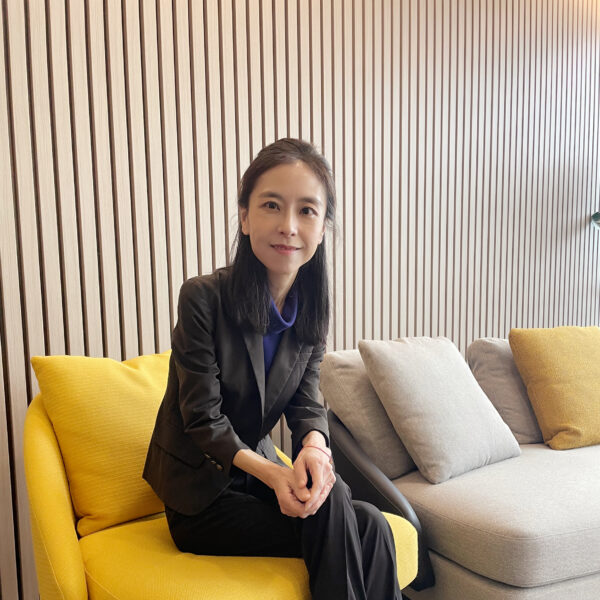
Tiger Neo 3.0 is JinkoSolar’s first module above the 650 Wp power class. Is TOPCon the best way for the industry to move forward?
Dany Qian: I think TOPCon made a lot of sense for this generation, because it can achieve higher efficiency and higher performance without sacrificing bifaciality. Also, the ecosystem for TOPCon is a bit simpler, and it has a tremendous track record and a good amount of verified third-party testing, indicating that TOPCon has an average 2%-3% yield gain compared to BC. It is really a very competitive product in the high-end space.
TOPCon is priced very competitively compared to the XBC competition, and it follows common thinking that TOPCon is still the option for a price/performance build. What’s the pricing strategy of Tiger Neo 3.0?
Dany Qian: Tiger Neo 2.0 is good enough for general-purpose and mainstream applications, and we’ve delivered over 150 GW. But we have set Tiger Neo 3.0 for those very picky projects that want the most high-end systems, because its 650 Wp to 670 Wp range and 85% bifacial rate define what we’re capable of.
The questions and responses in this sponsored interview article were provided by JinkoSolar.
What's Your Reaction?























